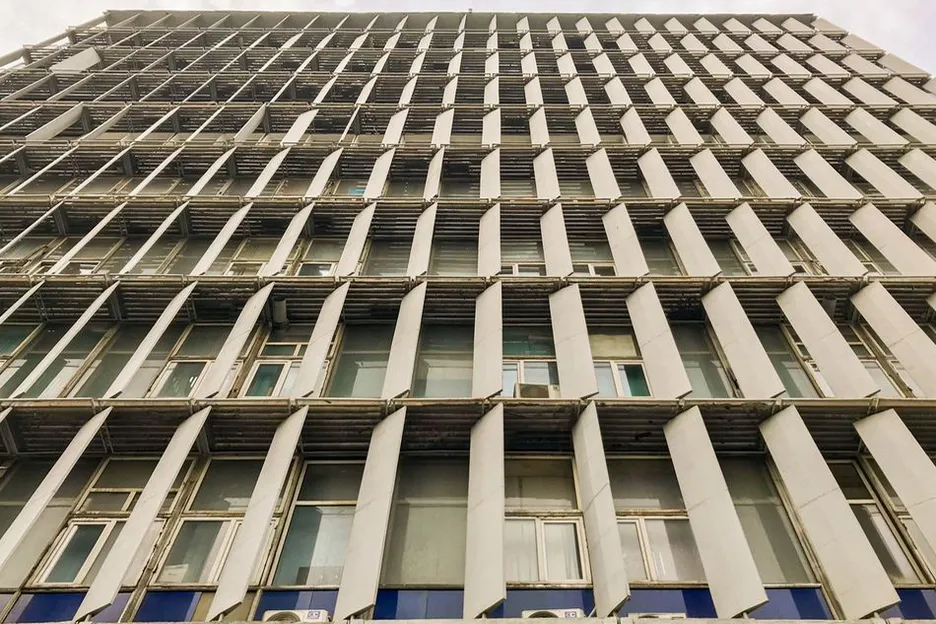Central Asian architectural heritage and the transition of political power

The political shift in Kazakhstan, brought by the fall of the Soviet regime, has been reshaping cities and urban spaces at a great pace. Different theories and practices have been shaping the built environment, to fit the ambitions of the recently independent state.
The thesis thus aims at bringing to light the different approaches taken towards the existing architecture, and how the last has responded to them. On numerous examples, the work will discover investigate the role of public and private actors play in the process of transition. Later, the work will juxtapose the situation of Kazakhstan with the neighboring countries, and more geographically distant Eastern European states, to trace similarities and parallels. The comparison between the regions will determine how diverse social, economic, and political factors result in different policies adopted.
The outcome of the research will provide insights into the architectural heritage of the area that has been previously cut off by the Iron Curtain. Furthermore, the work will provide new perspectives in the debate on heritage conservation, which still has a Eurocentric approach.
Temirlan Nurpeisov, M.Sc. (Arch) Politecnico die Torino
seit 2020